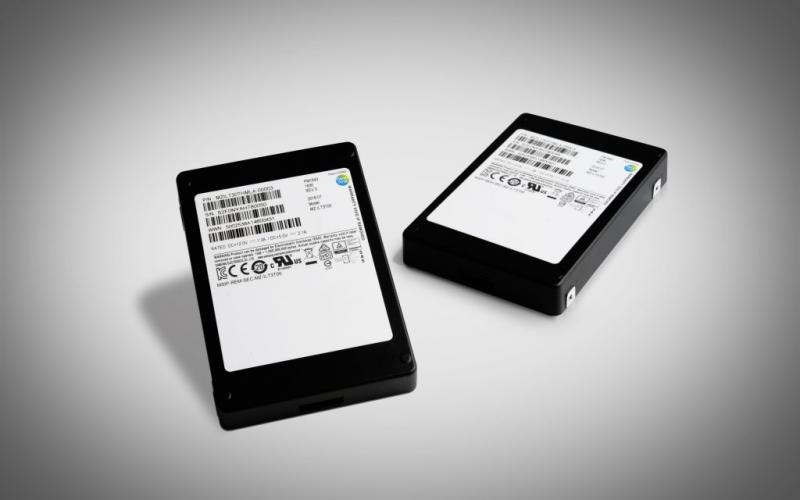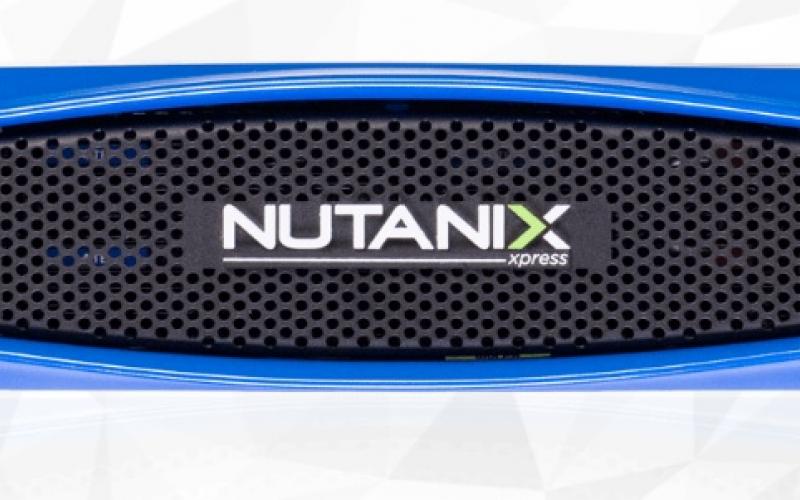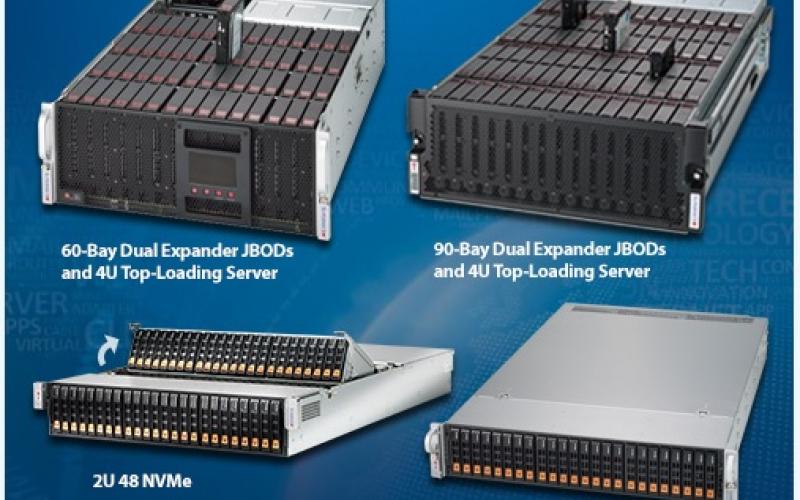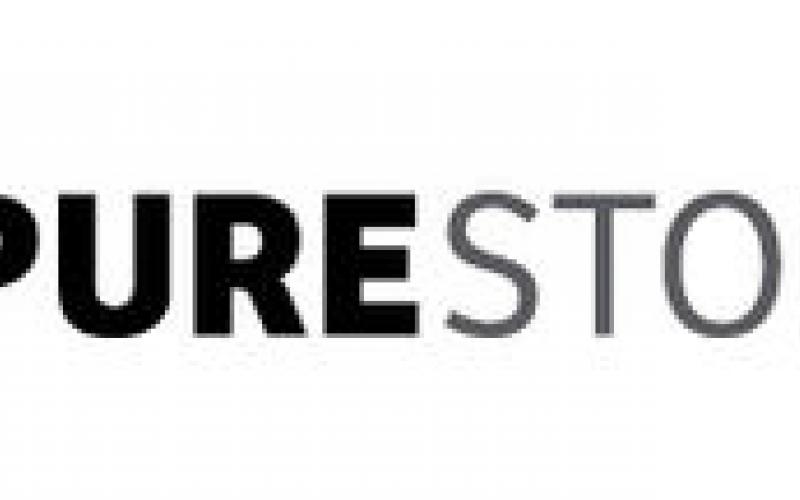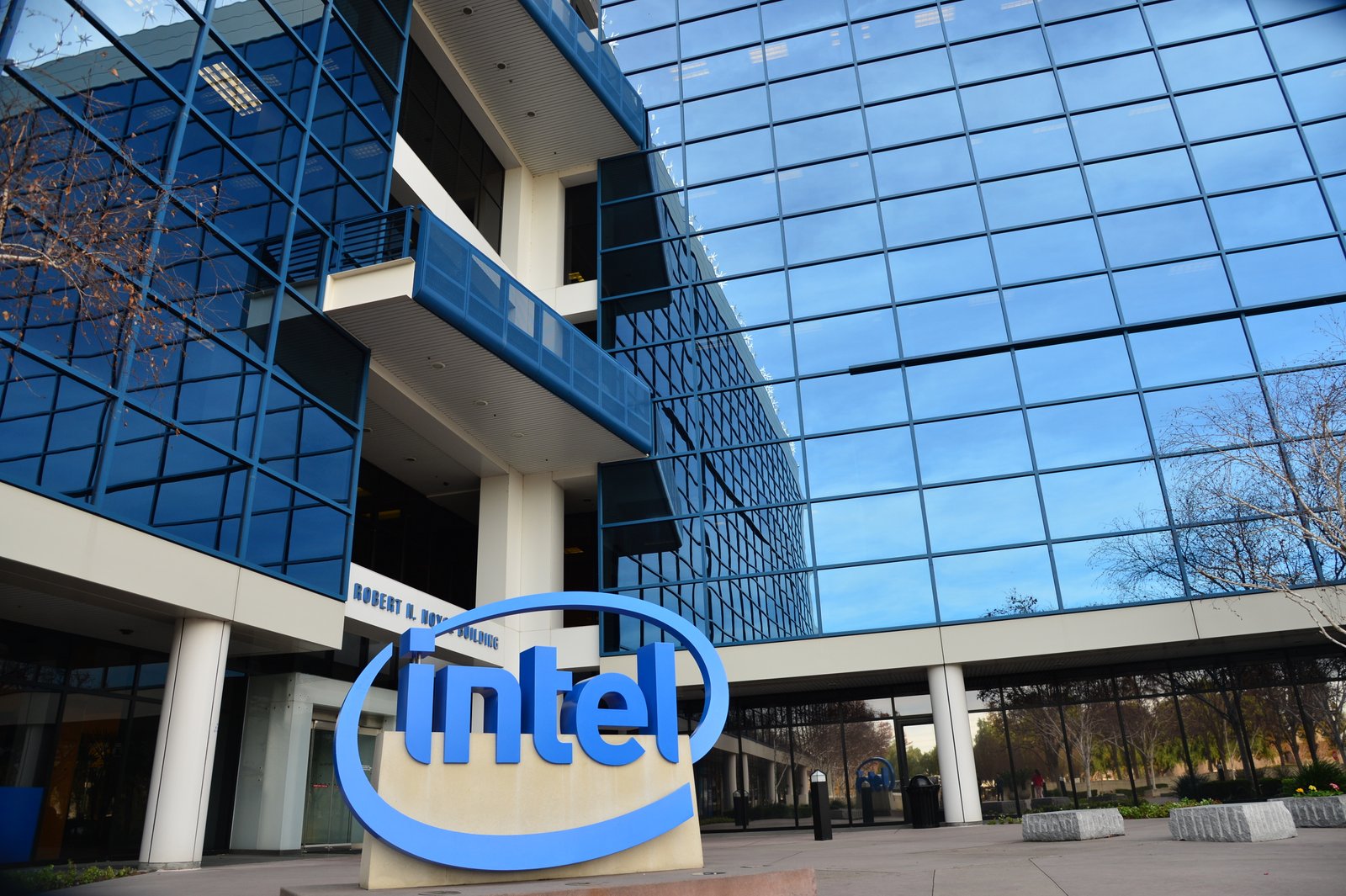2017 is shaping up to be a year of great change in storage. The hard disk is dying and the result is that flash-based products are surging on all fronts, though Intel and Micron have a flash alternative in the pipeline. Object storage is gaining ground over traditional arrays. Software-defined storage is going to be hot, especially in hyperconverged architectures. Above all, 2017 will see the cloud, both public and hybrid, stealing growth away from the data center and its vendors.
Traditional storage array and filer vendors are looking for a share of the software and support revenue as hardware platforms enter into a race to the bottom driven by COTS gear and low-priced drives. Open source code seeks to compete with them, suggesting that we will have plenty of storage software choices for 2017 and beyond.
Storage-as-a-Service is a new alternative to data center disk farms and vendors are touting cloud-based variants as a solution for the hybrid cloud dilemma of where to place data. On top of all of this, old faithful storage interconnects such as SAS, SATA and Fibre Channel are now competing against upstarts like NVMe and NVMoF, while Ethernet has surged ahead in cost performance to become the cloud interconnect of choice.
Let’s look at some storage vendors that will be worth keeping an eye on in 2017. These are all companies with good plans, which, if fully executed, should give us leading products this year.
(Image: Wang An Qi/Shutterstock)







